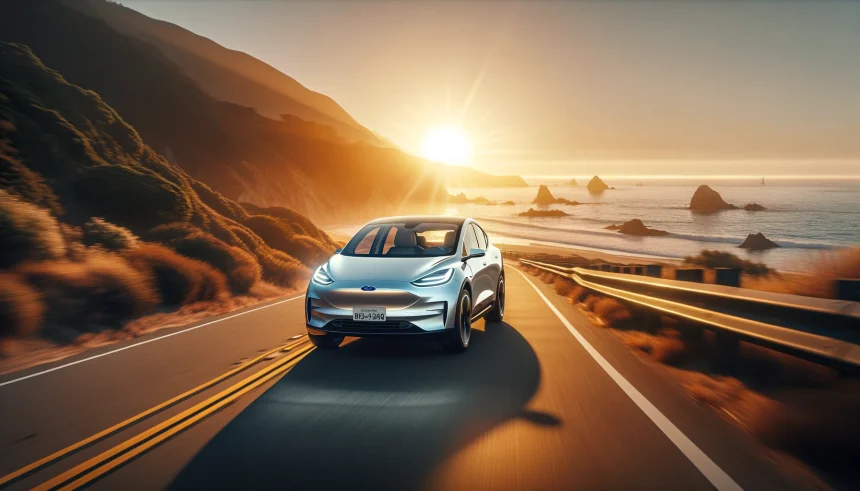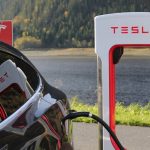Ford’s strategy to introduce a $30,000 electric pickup truck by 2027 marks a critical inflection point for the company. The decision is set against a backdrop of intense competition and shifting consumer expectations, as well as Ford’s need to adapt its manufacturing and market identity to emerging electrification trends. Jim Farley, Ford’s CEO, described this direction as a pivotal step, potentially shaping the firm’s automotive future. While Ford’s history is deeply embedded in American petrol culture, the company sees a need to respond not only to global market pressures but also to changing U.S. policy and consumer sentiment. Additionally, analysts and investors are watching closely, raising questions about Ford’s ability to successfully navigate the transition while safeguarding its brand and profitability.
Over the last year, Ford has maintained a strong focus on its F-series trucks, with these vehicles remaining central to its profitability. When previous announcements about EV initiatives were made, investors showed cautious optimism but cited concerns over execution, especially regarding volume production and cost control. Other automakers, like Tesla and Rivian, had already established themselves as key players in the EV segment, and analysts debated whether Ford’s moves might be reactive rather than proactive. The new details on Ford’s affordable electric pickup provide a clearer timeline and manufacturing approach, but skepticism remains about whether this will be enough to capture a new market share.
Why Is Ford Betting on an Affordable Electric Pickup?
Ford views the $30,000 electric pickup truck as essential not only to remaining competitive, but also to maintaining relevance as emissions regulations and consumer preferences evolve. Having relied heavily on large combustion-engine trucks for decades, the company seeks to counteract possible long-term decline associated with fuel-heavy vehicles. CEO Jim Farley explained,
“We’re taking a fresh approach that reimagines how vehicles can be assembled, while delivering affordability for our customers.”
This step is meant to bring together brand heritage and a forward-looking strategy.
How Has Ford’s Previous EV Effort Shaped This Decision?
Earlier forays into electric vehicles, such as the Mustang Mach-E and the F-150 Lightning, highlighted challenges in reconciling Ford’s established truck identity with the needs of a rapidly developing EV marketplace. The market response to the Mach-E, in particular, revealed confusion among both legacy Ford customers and new EV buyers regarding the company’s commitment and vision. These experiences have prompted Ford to rethink its manufacturing process, including plans for a new flexible assembly system and integration of lithium-iron-phosphate batteries, aimed at lowering costs and increasing efficiency.
Can Ford Overcome Market and Political Obstacles?
Significant barriers remain for Ford as it pushes into the affordable EV space. U.S. tariffs, fluctuating demand, increased labor costs, and a divided political climate all influence Ford’s planning. Wall Street has responded cautiously, with some financial analysts questioning whether Ford can achieve scale at the promised price point, especially as federal tax incentives decline and foreign competition intensifies. Ongoing investment in new battery plants and assembly techniques are intended to address these concerns. Farley commented,
“We know the stakes are high and the market is competitive, but we believe this platform can meet those challenges head on.”
Ford’s pursuit of the low-cost electric pickup seeks to realign its image with a more sustainable trajectory while retaining its leading position in the truck market. The company’s efforts to address brand perception, manufacturing efficiency, and political challenges are integral to whether this new vehicle can capture broad consumer interest. By adopting manufacturing approaches reminiscent of those used by Tesla, Ford hopes to manage costs and complexity, though whether this will close the competitive gap remains to be seen. Shifts in U.S. government policy, especially regarding trade and clean energy incentives, will play an important role in shaping Ford’s EV outcomes. For consumers evaluating future vehicle purchases, the availability of more affordable electric trucks presents an opportunity to access EV technology without premium pricing. The evolving landscape underscores the importance of not only innovative engineering, but also clear market messaging and responsive supply chain management.










